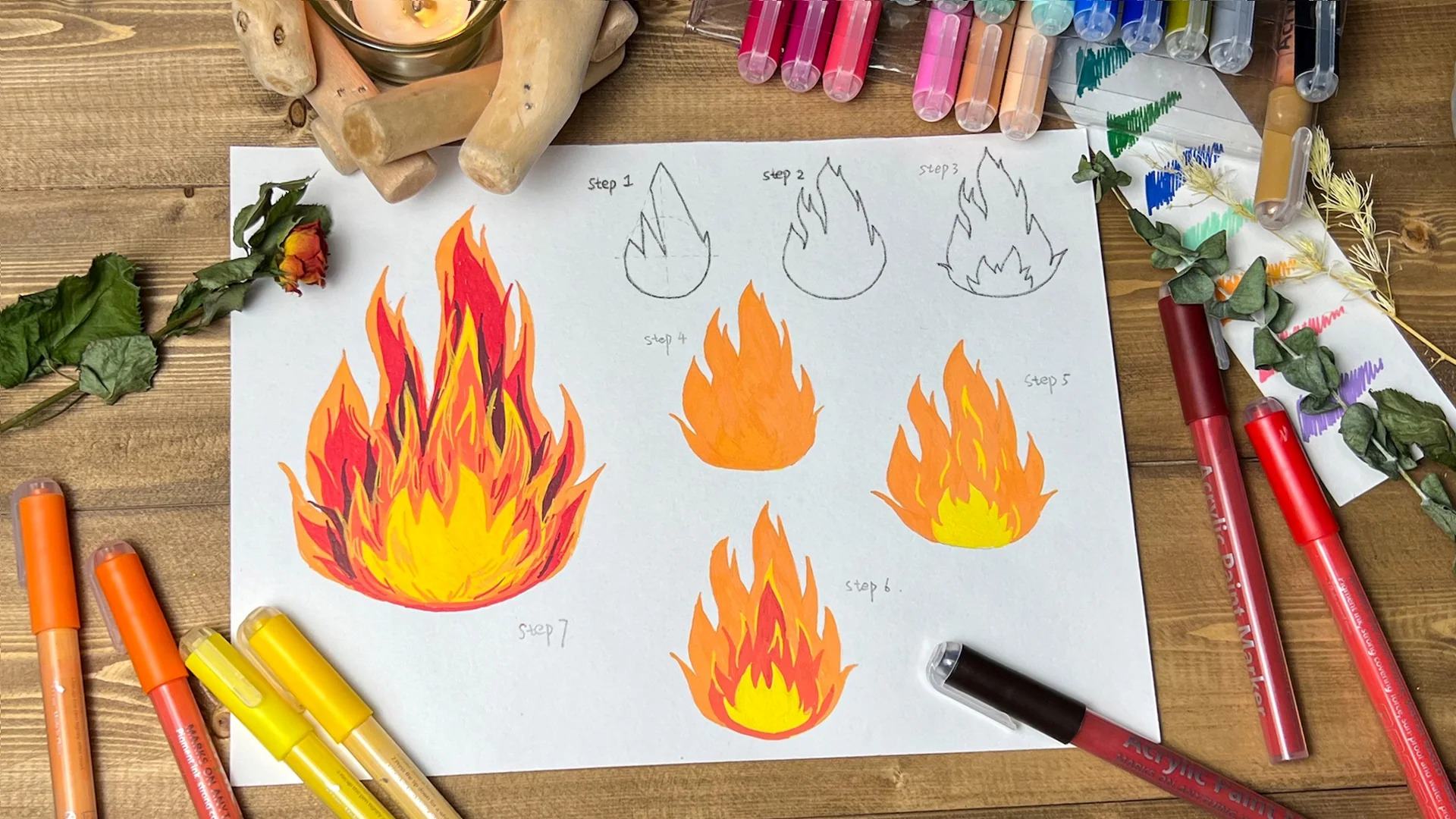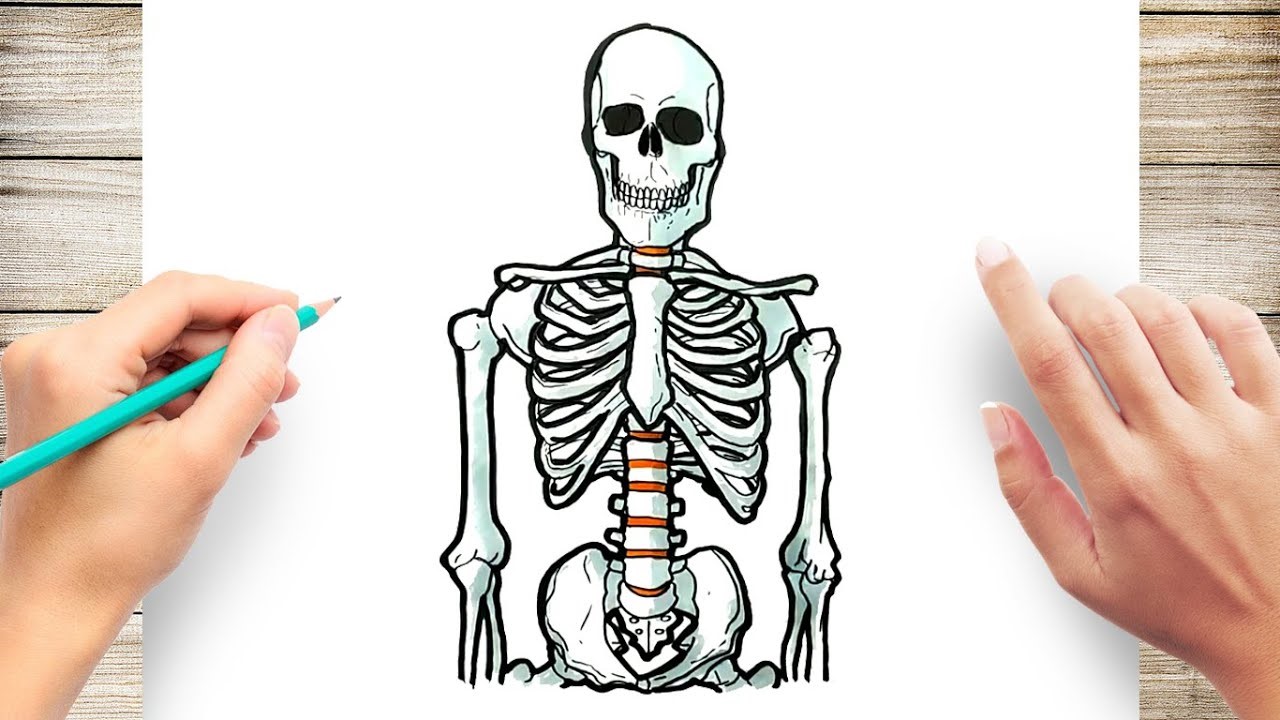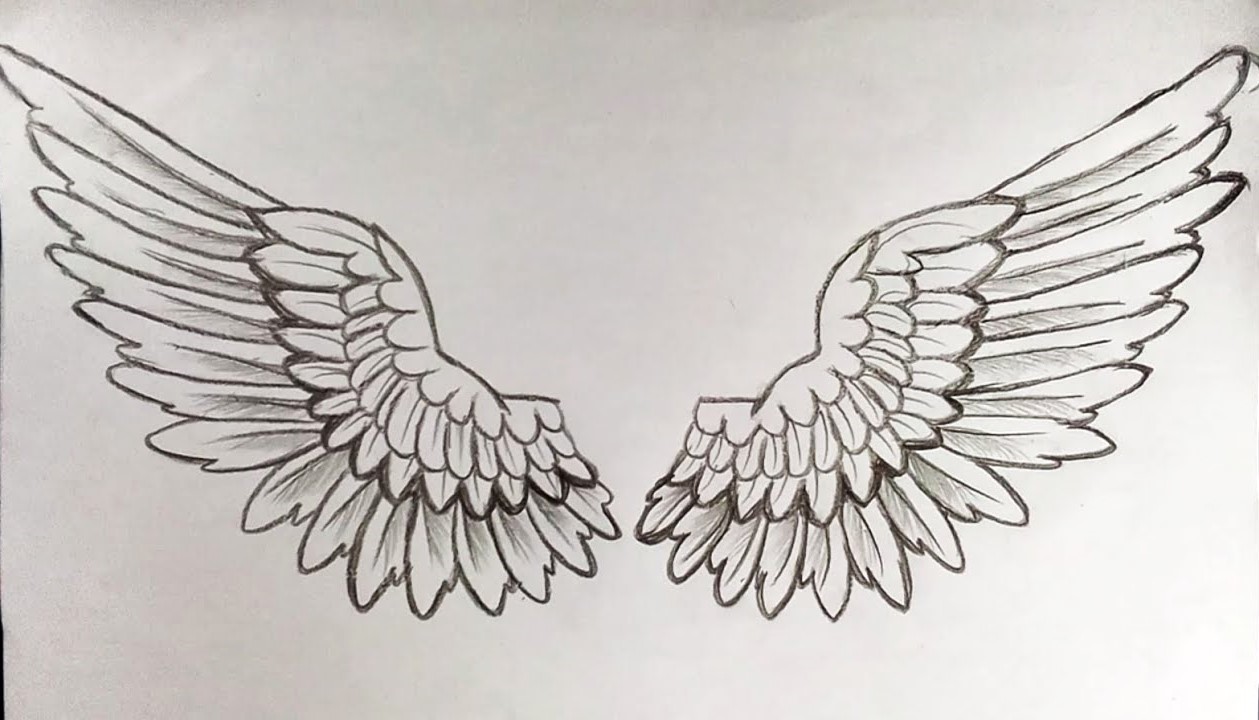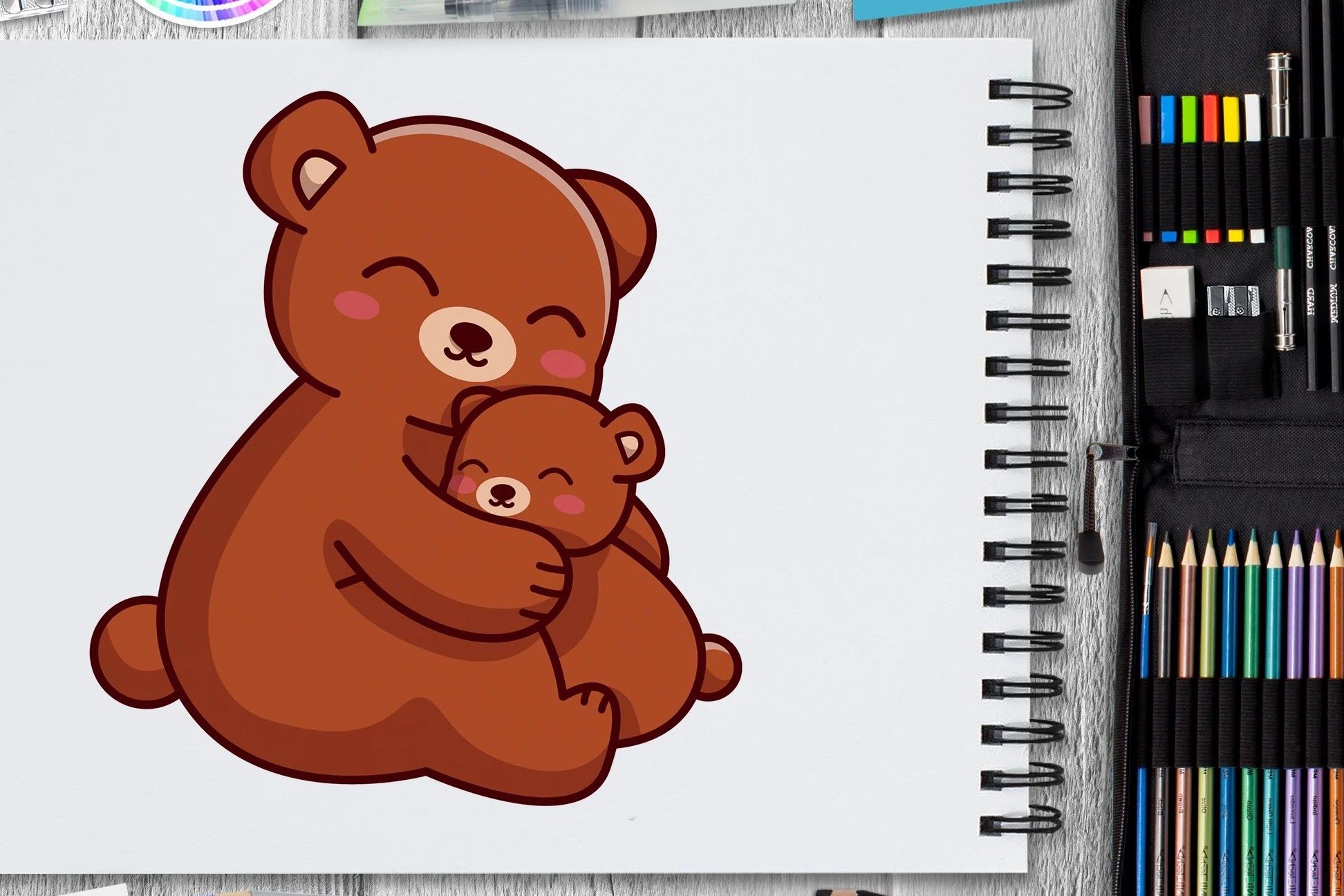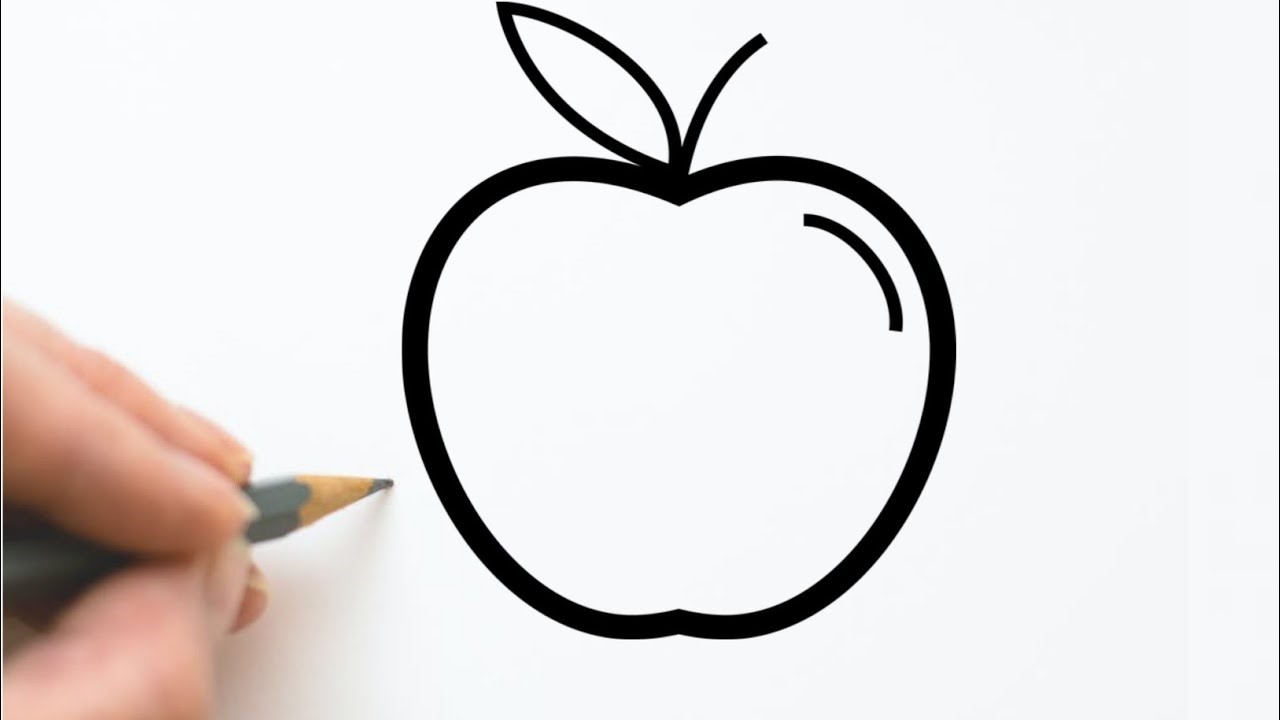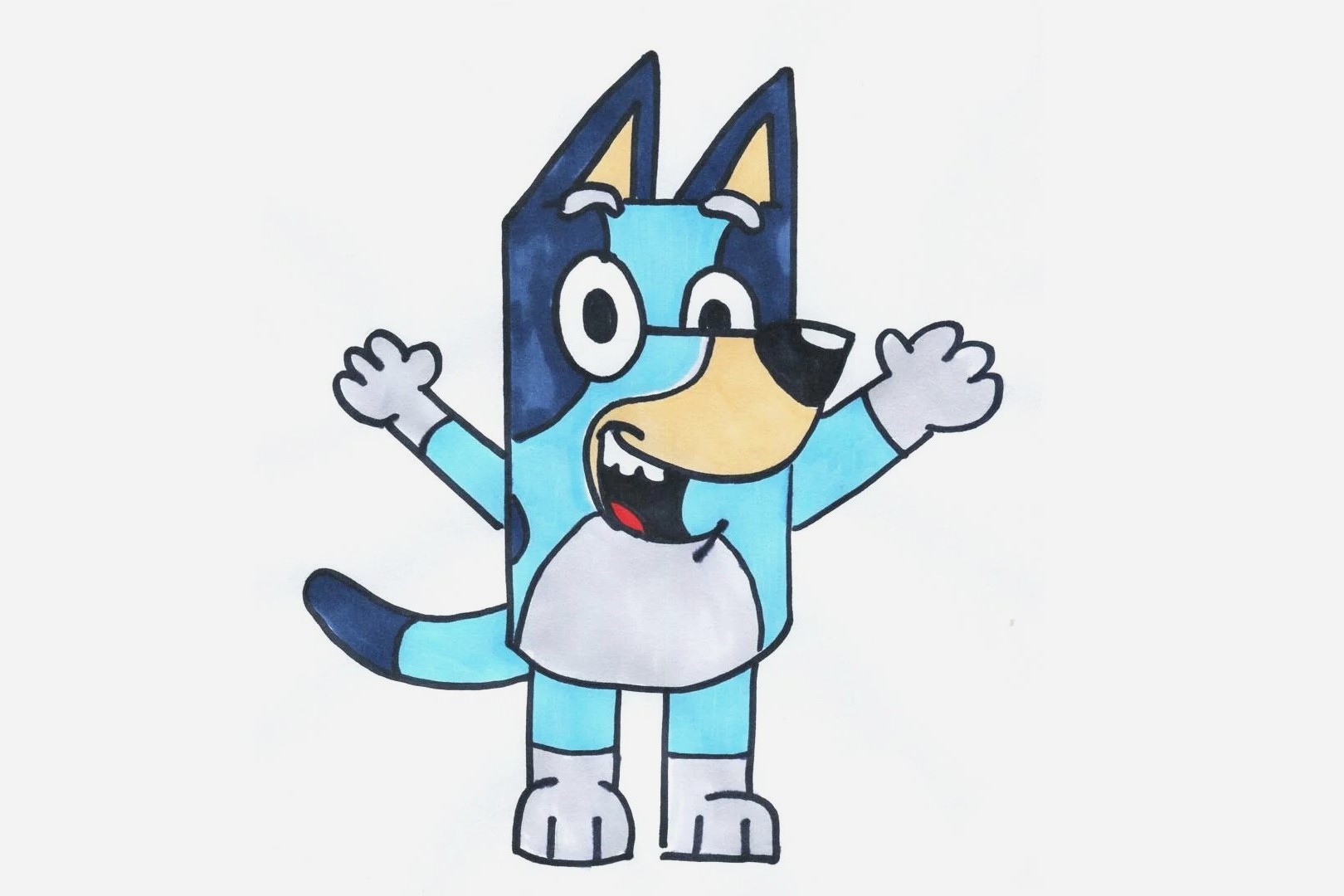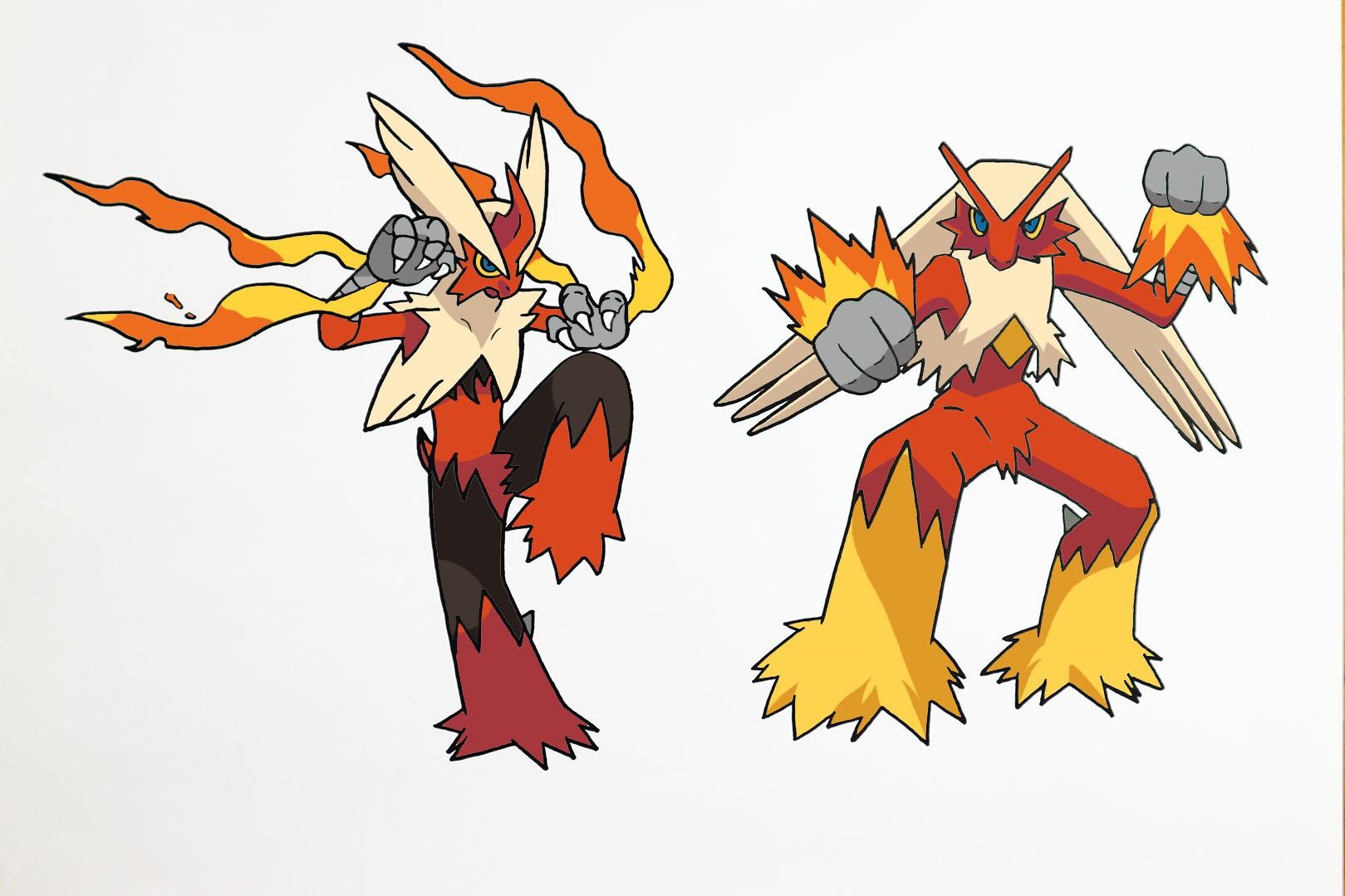Home>Arts and Culture>How To Draw A Football
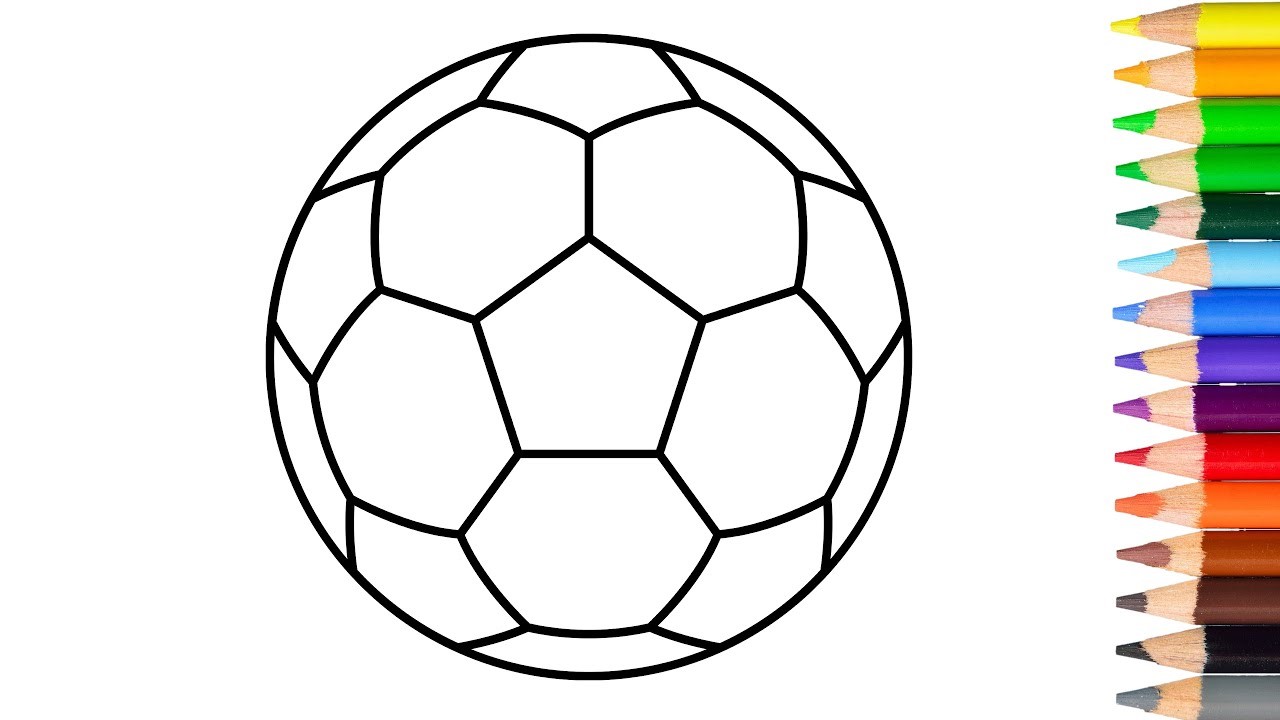

Arts and Culture
How To Draw A Football
Published: February 26, 2024
Learn how to draw a football with easy step-by-step instructions. Perfect for arts and culture enthusiasts looking to improve their drawing skills.
(Many of the links in this article redirect to a specific reviewed product. Your purchase of these products through affiliate links helps to generate commission for Noodls.com, at no extra cost. Learn more)
Table of Contents
Introduction
Drawing a football can be an enjoyable and rewarding experience, whether you're an aspiring artist or simply looking to explore your creative side. The iconic shape of a football, with its distinctive panels and laces, presents an exciting challenge for artists of all skill levels. By following a few simple steps and using basic drawing materials, you can bring this beloved sports symbol to life on paper.
In this guide, we will walk through the process of drawing a football in a way that is both accessible and engaging. Whether you're a seasoned artist or a beginner, this step-by-step approach will help you capture the essence of a football with confidence and precision. So, grab your drawing supplies and let's dive into the art of creating a realistic and visually striking football illustration.
Let's embark on this creative journey together, where we'll explore the techniques and nuances of drawing a football. From sketching the initial outline to adding intricate details, each step will contribute to the gradual emergence of a lifelike football on your canvas. So, without further ado, let's pick up our pencils and delve into the fascinating world of drawing a football!
Read more: How To Draw A Shoe
Materials Needed
Before we begin the artistic journey of drawing a football, it's essential to gather the necessary materials. By having the right tools at your disposal, you can approach the drawing process with confidence and creativity. Here's a list of the materials you'll need to bring your football illustration to life:
-
Drawing Paper: Start with a clean sheet of drawing paper that provides a smooth surface for your artwork. Opt for a medium-weight paper that can withstand pencil shading and erasing without wrinkling.
-
Pencils: A set of graphite pencils ranging from 2H to 6B will allow you to create varying line weights and achieve different shades. The harder pencils (2H to H) are suitable for sketching the initial outline, while the softer ones (2B to 6B) are ideal for adding depth and shading.
-
Eraser: A good quality eraser, such as a kneaded eraser or a vinyl eraser, is essential for correcting mistakes and refining details in your drawing.
-
Blending Stump or Tortillon: To achieve smooth shading and blending effects, a blending stump or tortillon can be used to soften pencil strokes and create a seamless transition between light and dark areas.
-
Reference Image: While not a physical material, having a reference image of a football can be immensely helpful. Whether it's a real football or a high-quality photograph, a reference image will guide you in capturing the authentic shape and details of the football.
-
Ruler: A ruler or straight edge can aid in drawing precise lines and maintaining the symmetrical structure of the football.
By ensuring that you have these materials at hand, you'll be well-equipped to embark on the drawing process with enthusiasm and focus. With the right materials in place, you can fully immerse yourself in the creative endeavor of bringing a football to life on paper. Now that we have our materials ready, let's move on to the first step of drawing the outline of the football.
Step 1: Draw the outline of the football
To begin the artistic process of drawing a football, start by sketching the basic outline of the football's shape. Using a medium to hard graphite pencil, lightly draw a simple oval shape to represent the overall structure of the football. This initial outline will serve as the foundation upon which you'll build the intricate details of the football.
Next, divide the oval shape into six equal sections to create the iconic panels of the football. These panels are what give the football its recognizable appearance. To achieve symmetry, use a ruler to draw light, straight lines across the oval, intersecting at the center. This will create the framework for the panels and ensure that they are evenly spaced and proportionate.
As you refine the outline, pay attention to the subtle curves and contours of the football. The ends of the oval should slightly flatten to form a more elongated shape, characteristic of a traditional football. Take your time to adjust the curves and proportions until you are satisfied with the overall shape of the football.
Once the basic outline is in place, carefully evaluate the symmetry and proportions of the football. Make any necessary adjustments to ensure that the panels are evenly distributed and that the overall shape reflects the authentic appearance of a football. Remember, precision and attention to detail at this stage will set the stage for a realistic and visually appealing football illustration.
With the outline of the football sketched out, you have laid the groundwork for capturing the essence of this beloved sports symbol. The next step will involve adding the distinctive laces that adorn the surface of the football, further enhancing its realistic portrayal. So, let's move on to the next step and continue our journey of bringing the football to life on paper.
Step 2: Add the laces
Adding the laces to the football is a pivotal step that infuses the illustration with authenticity and character. The laces not only contribute to the visual appeal of the football but also serve as a defining feature that sets it apart from other spherical objects. To capture the intricate details of the laces, follow these steps to bring depth and realism to your football drawing.
Begin by lightly sketching two slightly curved lines across the middle of the football, intersecting near the center. These lines will form the basis for the laces and provide a guide for their placement. Ensure that the curves of the lines complement the shape of the football, following its contours in a natural and fluid manner.
Next, within each panel of the football, draw short, curved lines that connect the two main lines, resembling the letter "U." These lines represent the segments where the laces are threaded through the football. Pay attention to the spacing and alignment of these segments, aiming for uniformity and balance across the entire surface of the football.
Once the basic structure of the laces is in place, refine the details by adding small, rectangular tabs at the ends of each segment. These tabs simulate the points where the laces emerge from and re-enter the football, contributing to the realistic portrayal of the lacing pattern. Emphasize the subtle curvature of the tabs to convey a sense of dimension and depth.
To enhance the three-dimensional effect of the laces, carefully shade the areas around the segments and tabs to create contrast and depth. Use a softer graphite pencil to gently shade the areas beneath the laces, gradually building up the shading to achieve a subtle gradient. This shading technique will impart a sense of volume and realism to the laces, making them appear as though they are woven into the surface of the football.
As you refine the laces, pay attention to light and shadow, considering the direction of light source to create highlights and shadows that accentuate the texture and form of the laces. By skillfully manipulating light and shadow, you can imbue the laces with a lifelike quality that adds depth and dimension to your football illustration.
With the laces intricately woven into the surface of the football, you have elevated the visual impact of the illustration, capturing the essence of this iconic sports symbol with precision and artistry. The next step will involve adding shading and fine details to further enhance the realism of the football, bringing it closer to a lifelike representation. Let's continue our creative journey by delving into the next step of refining the shading and details of the football.
Step 3: Add shading and details
As we delve into the final step of drawing a football, the focus shifts to adding shading and intricate details that will elevate the realism and visual impact of the illustration. By skillfully applying shading techniques and refining the finer elements of the football, you can bring depth, texture, and dimension to your artwork, culminating in a striking portrayal of this beloved sports symbol.
To begin, carefully observe the reference image of a football, paying close attention to the interplay of light and shadow on its surface. Identify areas of the football that are in shadow and those that are illuminated by light. By understanding the distribution of light and shadow, you can strategically apply shading to create a sense of volume and form, enhancing the three-dimensional quality of the football.
Using a softer graphite pencil, such as a 2B or 4B, gently shade the areas of the football that are in shadow, gradually building up the darkness to achieve a smooth gradient. Focus on the spaces between the panels and around the laces, where shadows naturally occur. By blending the shading with a blending stump or tortillon, you can achieve a seamless transition between light and dark areas, creating a sense of depth and realism.
As you refine the shading, consider the texture of the football's surface. The panels of a football often exhibit subtle variations in tone and texture, reflecting the material's characteristic appearance. To emulate this texture, use a combination of hatching and cross-hatching techniques to create the illusion of the football's textured surface. By carefully layering and intersecting fine lines, you can simulate the tactile quality of the football, adding visual interest and authenticity to your illustration.
In addition to shading, pay attention to the finer details that contribute to the overall realism of the football. Refine the edges of the panels, ensuring that they are crisp and well-defined. Add subtle highlights to the raised areas of the panels to accentuate their curvature and reflectivity, further enhancing the illusion of depth and dimension.
Finally, step back and evaluate your artwork, making any necessary adjustments to ensure a cohesive and polished representation of the football. By infusing the illustration with meticulous shading and intricate details, you have succeeded in capturing the essence of a football with artistic finesse and precision.
With the completion of this step, you have embarked on a creative journey that has culminated in the realization of a lifelike and visually captivating football illustration. Whether you're a seasoned artist or a novice enthusiast, the process of drawing a football serves as a testament to the power of creativity and artistic expression. As you admire your finished artwork, take pride in the skill and dedication you have invested in bringing the football to life on paper.
Read more: How To Draw People
Conclusion
In conclusion, the process of drawing a football is a testament to the fusion of creativity, precision, and artistic expression. From the initial sketching of the outline to the intricate detailing and shading, each step contributes to the gradual emergence of a lifelike and visually captivating football illustration. As we reflect on the journey of bringing the football to life on paper, it becomes evident that this artistic endeavor transcends mere representation; it embodies the spirit of creativity and the joy of artistic exploration.
Drawing a football serves as a reminder of the inherent beauty found in everyday objects, as well as the potential for artistic inspiration in the world around us. Through the careful observation of form, texture, and light, artists can transform a simple sports symbol into a compelling work of art that resonates with viewers on a visual and emotional level. The process of capturing the essence of a football on paper is a celebration of the artist's ability to infuse life and personality into their creations, transcending the boundaries of mere replication.
Furthermore, the act of drawing a football fosters a deeper appreciation for the intricacies of form and structure, encouraging artists to hone their observational skills and attention to detail. By meticulously studying the contours, panels, and lacing of the football, artists gain a heightened awareness of spatial relationships and the nuanced interplay of light and shadow. This heightened awareness extends beyond the realm of art, enriching the artist's perception of the world and nurturing a keener eye for detail in everyday surroundings.
Moreover, the process of drawing a football embodies the universal appeal of sports and the cultural significance of athletic pursuits. As a symbol of camaraderie, competition, and passion, the football transcends its physical form to evoke a sense of unity and shared enthusiasm. Through the act of rendering a football with artistic skill and dedication, artists pay homage to the enduring spirit of sportsmanship and the collective joy derived from athletic endeavors.
In essence, drawing a football is not merely an artistic exercise; it is a celebration of creativity, observation, and the profound connections between art, sports, and human expression. As artists, enthusiasts, and creative individuals, we are invited to embark on this journey of artistic exploration, where the humble football becomes a canvas for imagination and a testament to the enduring allure of artistic expression. So, let us continue to embrace the beauty and inspiration found in the world around us, infusing our artistic endeavors with the same passion and vitality that defines the spirit of the football itself.







